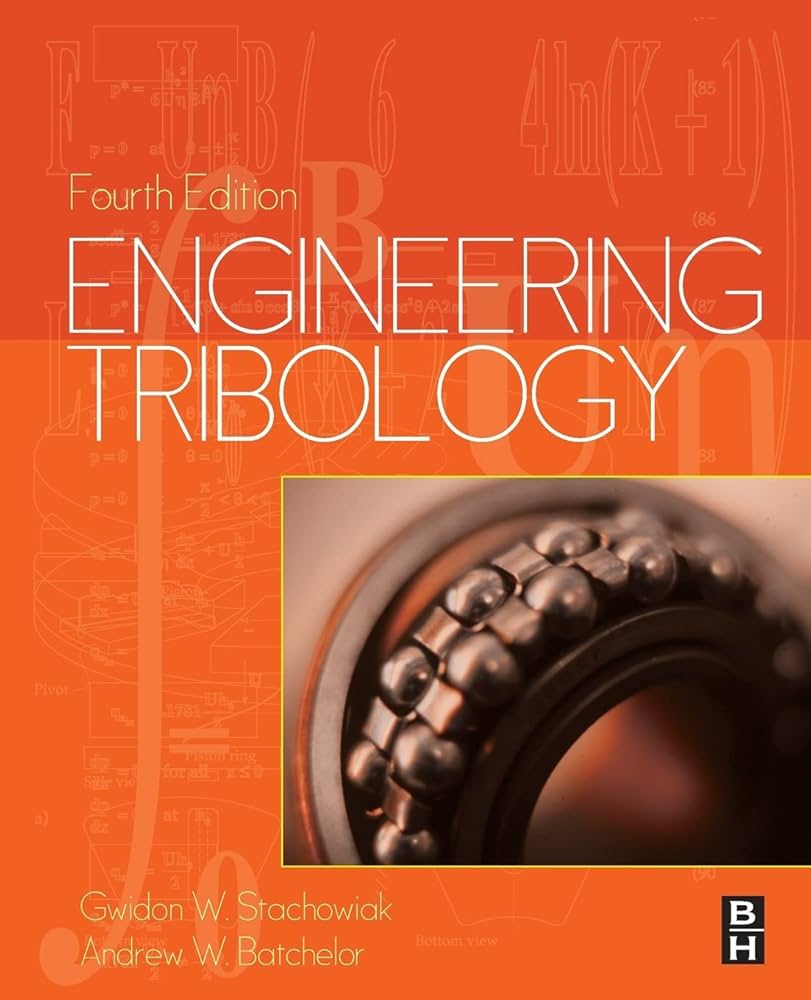Biomechanics and tribology are two interrelated fields that study the mechanical properties of biological systems and the interaction between surfaces in contact, respectively. The intersection of these fields is particularly important in understanding the mechanics of biological tissues and organs, as well as the design and performance of medical devices.
Biomechanics: The Mechanics of Living Systems
Biomechanics is the study of the mechanical principles that govern the movement and function of living organisms. It involves analyzing the forces, stresses, and strains that act on biological tissues and organs. Biomechanics has applications in various fields, including:
- Sports Medicine: Understanding the biomechanics of athletic movements can help to prevent injuries and improve performance.
- Orthopedics: Analyzing the mechanics of joints and bones can aid in the diagnosis and treatment of orthopedic conditions.
- Rehabilitation: Biomechanics plays a crucial role in developing rehabilitation strategies for patients with injuries or disabilities.
- Ergonomics: Understanding the biomechanics of human-machine interaction can help to design workplaces and tools that are comfortable and efficient.
Tribology: The Science of Friction and Wear
Tribology is the study of friction and wear between surfaces in contact. It involves understanding the factors that influence these phenomena and developing strategies to reduce friction and wear. Tribology has applications in various industries, including:
- Manufacturing: Tribology is essential for designing and manufacturing durable and efficient mechanical components.
- Automotive: Understanding the tribological behavior of automotive components can help to improve fuel efficiency and reduce wear.
- Biomedical Engineering: Tribology plays a crucial role in the design and development of medical devices, such as artificial joints and implants.
The Intersection of Biomechanics and Tribology
The intersection of biomechanics and tribology is particularly important in the field of biomedical engineering. Understanding the tribological properties of biological tissues and the interaction between medical devices and biological tissues is crucial for designing safe and effective medical implants and prosthetics.
Some examples of the applications of biomechanics and tribology in biomedical engineering include:
- Joint replacement: The design of artificial joints must consider the tribological properties of the materials used and the biomechanics of the joint.
- Orthopedic implants: The design of orthopedic implants, such as screws and plates, must take into account the mechanical properties of bone and the forces that act on it.
- Tissue engineering: Understanding the mechanical properties of biological tissues is essential for developing tissue-engineered scaffolds and implants.
By combining the principles of biomechanics and tribology, researchers and engineers can develop innovative solutions to a wide range of medical challenges.
